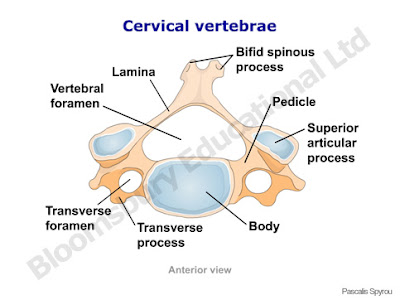SPM 2007 Paper 1
carbohydrates - carbon, hydrogen,oxygen (CHO)proteins - carbon, hydrogen, oxygen, nitrogen, sulphur, phosphorus (CHONSP)
lipids - carbon, hydrogen, oxygen (CHO)
nucleic acids - carbon, hydrogen, oxygen, phosphorus, nitrogen (CHONP)
water- hydrogen, oxygen (HO)
SPM 2007 Paper 1
Hydrolysis - chemical reaction that involves the breaking up of large molecules by adding water to themSPM 2008 Paper 1
maltose + water --> glucose + glucose ( hydrolysis )sucrose + water --> glucose + fructose ( hydrolysis )
lactose + water --> glucose + galactose ( hydrolysis )
SPM Clone 2006
Vitamin B functions as a coenzyme in cellular respirationSPM 2005 Paper 2
The production of extracellular enzymes-The nucleus contains DNA which carries the information for the synthesis of enzymes
- Proteins that are symthesised at the ribosomes are transported through the space within the rough endoplasmic reticulum (RER)
- Proteins depart from the RER wrapped in vesicles that bud off from the membranes of the RER
- These transport vesicles then fuse with the membranes of the Golgi apparatus and empty their contents into the membranous space
- The proteins are further modified during their transport in the Golgi apparatus
- Secretory vesicles containing these modified proteins bud off from the Golgi apparatus and travel to the plasma membrane
- These vesicles will then fuse with the plasma membrane before releasing the proteins outside the cell as enzymes
SPM 2004 Paper 1 & Paper 2, SPM 2005 Paper 1 & Paper 2, SPM 2007 Paper 1, SPM 2008 Paper 1
"lock and key" hypothesis - substrate molecule -"key"
- enzyme molecule - "lock"
substrate molecule binds to the active site - enzyme-substrate complex
- a specific substrate molecule arrives at the active site of the enzyme molecule
- the substrate molecule binds to the active site to form enzyme-substrate complex which is very unstable
- the enzyme is free to take another substrate molecule into its active site to catalyse another reaction
- product molecules leave the active site of the enzyme
SPM 2005 Paper 1 & SPM 2007 Paper 1
SPM 2008 Paper 2
- most enzyme do not function in a highly acidic environment.- vinegar is an excellent preservative used to pickle many types of food such as cucumbers and onions
- the acetic acid in vinegar destroys enzymes and bacteria in food
- the bacteria are unable to break down nutrients in the food
- the pickled food will have a longer shelf life
SPM 2008 Paper 1
The effects of substrate concentration on the activity of enzymes- at low substrate concentrations, few substrate molecules are present.
- there are many active sites which are available
- the rate of reaction increases in direct proportion to the substrate concentration
- an increase in substrate concentration means more substrate molecules are available
- this means there are more chances of collision between the substrate molecules and enzyme molecules for a catalytic reaction to take place.
- as more substrate molecules fill the active sites, more products are formed per unit time
- at a certain substrate concentration, the rate of reaction will not increase further and become constant
- all active sites are filled and said to be saturated
- at high concentration, there are more substrate molecules than enzymes molecules
- the excess substrate molecules will have to compete with one another for the active sites
- the rate of reaction becomes constant
- the enzyme concentration becomes a limiting factor
SPM 2004 Paper 2 & SPM 2005 Paper 2
- enzymes used is protease for meat products to tenderise meat- enzymes used is cellulase for seaweed products to extract agar from seaweed
- enzymes used is zymase for alcoholic drinks to convert sugar into ethanol












